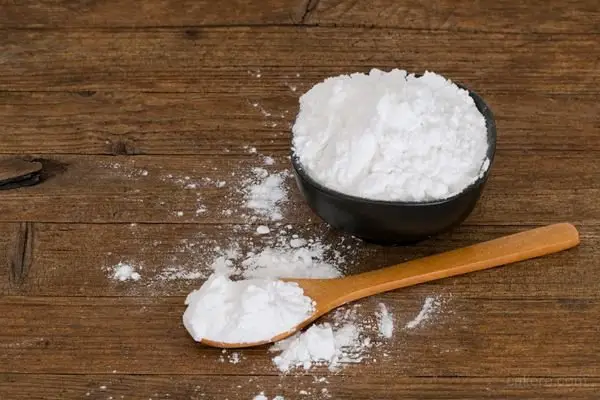Baking is an art, and like any art, it requires the right tools and ingredients to create a masterpiece. One such ingredient that you may have come across in your baking adventures is potato starch.
If you’re not familiar with this ingredient, you may be wondering: what does potato starch do in baking? In this article, we’ll explore the properties of potato starch, its benefits in baking, and how you can use it in your favorite recipes.

What is Potato Starch?
Potato starch is a fine white powder that is derived from potatoes. It is made by crushing the potatoes to release their starch content, and then drying and sifting the resulting powder. Potato starch is a versatile ingredient that can be used in a variety of ways, including as a thickener, binder, and stabilizer in both sweet and savory dishes.
What Does Potato Starch Do in Baking?
When it comes to baking, potato starch is primarily used as a thickener and to improve the texture of baked goods. Here are some of the benefits of using potato starch in your baking:
- Improves Texture: Potato starch has a unique ability to absorb moisture and create a smooth, velvety texture in baked goods. This makes it an excellent choice for recipes that require a soft, tender crumb, such as cakes, muffins, and bread.
- Gluten-Free: For those with gluten allergies or sensitivities, potato starch can be a great alternative to wheat flour. It’s naturally gluten-free and can be used in a variety of gluten-free baking recipes.
- Adds Moisture: Adding potato starch to your baked goods can help retain moisture, which is especially important in gluten-free recipes that can often be dry and crumbly.
- Extends Shelf Life: Potato starch has a unique ability to help extend the shelf life of baked goods by preventing them from becoming stale or dry.
How to Use Potato Starch in Baking:
Now that you know the benefits of potato starch in baking, here are some tips for incorporating it into your recipes:
- Use as a Thickener: Potato starch can be used as a thickener in sauces, soups, and stews. It’s an excellent alternative to wheat flour or cornstarch for those who are gluten-free.
- Combine with Flour: When baking with potato starch, it’s best to combine it with other flours, such as rice flour, almond flour, or coconut flour. This will help to create a more balanced texture and prevent your baked goods from becoming too dense.
- Substitute for Cornstarch: Potato starch can be used as a 1:1 substitute for cornstarch in most recipes. It’s especially useful in recipes that require a clear, glossy finish, such as fruit pies and custards.
FAQs
No, potato starch and potato flour are two different ingredients. Potato flour is made from the whole potato, while potato starch is made from only the starch.
While potato starch can be used as a gluten-free alternative to wheat flour, it cannot be used as a 1:1 substitute. It’s best to combine potato starch with other gluten-free flours for the best results.
The amount of potato starch you should use will vary depending on the recipe. As a general rule, you can substitute up to 25%
